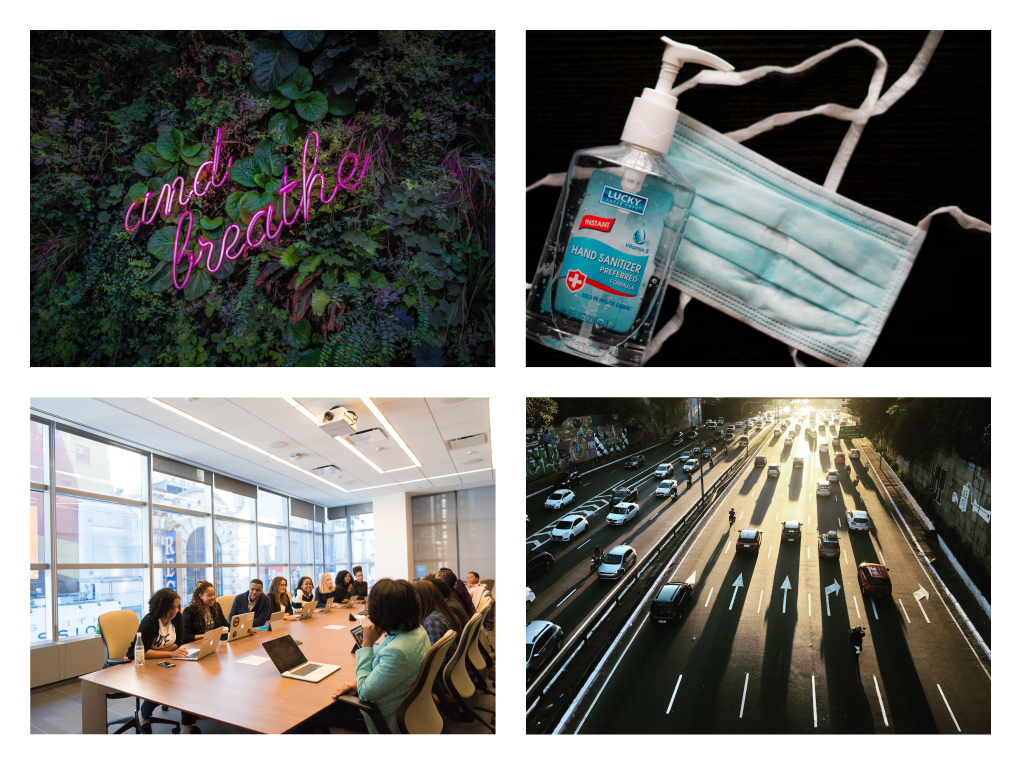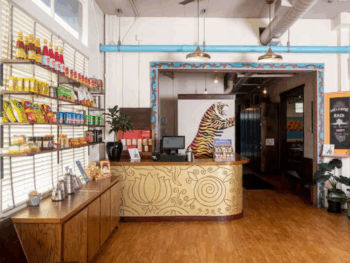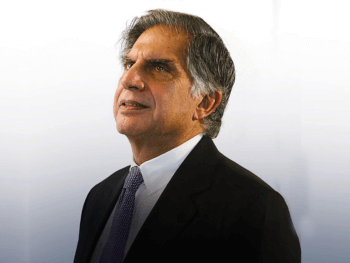Now that the world is looking beyond the pandemic, companies are also looking ahead when it comes to reopening their offices and bringing back their staff. Even though that change was expected, shifting back to the office after working from him for a year and a half can be mentally stressful. Here are some mindful ways to get yourself prepared to head back to the office.
Just because change is brought upon by positive circumstances, that doesn’t mean it’s automatically easy to adjust to. A prime example of this are the current circumstances around the Global Pandemic; driven by positive changes in circumstance (in this present moment), people are re-adjusting for work aspects of their life to return to “normal.” Several companies that were closed and/or switched to remote working are gradually preparing for employees return to work and it’s important for our mental health and well-being that in anticipation of that return, we do the same.
With understanding and appreciation that everyone’s return to the office situations may differ, we’re sharing our top five tips to help the adjustment in hopes that at least one (if not all) will be applicable to you and provide some support for transitioning back:
Allow yourself to feel all your emotions: Maybe you’re excited about going back to the office, maybe you’re feeling nervous, maybe your emotions changes by the hour and that’s okay. Collectively, we haven’t been through something like this before so there’s no manual to guide us; we’re learning as we go along and there’s no right or wrong way to feel.
Tip in action: To help bring awareness and/or work-out your emotions, try journaling. Writing can help you face your feelings, navigate through thoughts, serve as a stress management technique and help bring clarity or a situation. A simple piece of paper and a writing prompt such as “When I think of returning back to the office, I feel…” can get you started.

Create your own informal return to the office plan: From your travel to work, to the way your office space may have changed, what situations that are both in and out of your control can you mentally prepare yourself for? For example, if you haven’t had to take public transportation for over a year and find yourself back to commuting daily, it may be a bit of shock to your system. Source some things you can do to help it be an enjoyable, calming experience.
Tip in Action: Visualize your first day back – from your journey into work to sitting down at your desk and interacting in-person with your colleagues. Try this practice with an understanding that your visualization may defer from the reality of the experience; the practice is more about increasing your awareness on your thoughts, emotions and bring to light some added details you may forget about. For example, through visualization of my journey, I realized there will likely be added time getting to my desk due to smaller elevator capacities. Anticipating that added wait-time, I can prepare for it with a special playlist to help curb any feelings of impatience that may arise. Visualization practices can also help you identify any questions and/or concerns you may and proactively discuss them with your employer (playing on the previous example, you could ask to adjust your 9am start-time to 10am to help avoid the elevator traffic).
Approach the return with an open mind: Even if the utmost effort is applied by your employer and you’ve proactively brought up your needs in advance, chances are the return to work journey will have some bumps along the road. Alongside ensuring you’re not expecting perfection from yourself, catch yourself and check yourself if you’re expectation from your employer and/or colleagues. Expectations can lead to stress and/or disappointment – it’s a learning curve for everyone involved. Approach the first few days with an open mind and team mentality.
Tip in action: If something can be improved in the return to the office atmosphere, reflect on it and brainstorm a potential solution. Should the impulse to immediately complain and/or participate in any critical conversations arise, ask yourself “is the dialogue helpful or harmful?” Request a meeting with your management/leadership team to share your concerns in a professional manner and provide your suggestions. If you have a concern but don’t have a suggestion for a possible solution that’s also okay – communicate that and if you’re comfortable, offer to help brainstorm one.

Ease into social interactions: Moving from minimal interactions to regular ones can be overwhelming for even the most social butterfly; give yourself time to adjust to socializing and permission to reconnect with your colleagues slowly. Be mindful of the different experiences everyone may have had – some have spent the Global Pandemic feeling isolated, others in busy households may have felt like they couldn’t get a moment alone. Some will be comfortable being around others physically, some may be fearful so be prepared to politely communicate how you feel and create a safe space for your colleagues to express their comfort level wit you.
Tip in action: Schedule and take self-care breaks; even a 5-minute walk throughout your workday can create quiet time and help prevent you getting overwhelmed by the stimulation that comes with socializing. If you have several colleagues you want to catch-up with in person, instead of putting pressure on yourself to meet them all in the first few days, schedule some meetings over the first 1-2 weeks to pace yourself. Know what you’re comfortable with from a physical standpoint and reflect on clear, polite ways to express that. Ask your colleagues what their comfort levels are to help create a collective safe space. For example, if meeting a new colleague for the first time in person, you could say, “It’s nice to meet you in person, I’m comfortable shaking hands, are you? If not, I understand and welcome you warmly either way!”
Main Image Photo Credit: www.unsplash.com
Rachna Sethi
Author
Rachna (@thesassyspiritual) is a graduate of the Applied Mindfulness Meditation program from the University of Toronto, a certified Educator with two bachelor degrees and a diploma in Art Therapy. She's dedicated to living with a compassionate approach. Committed to helping people integrate Mindfuln...


















































































































